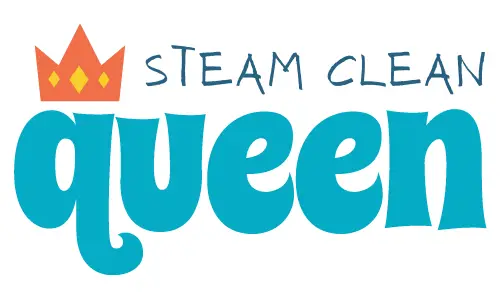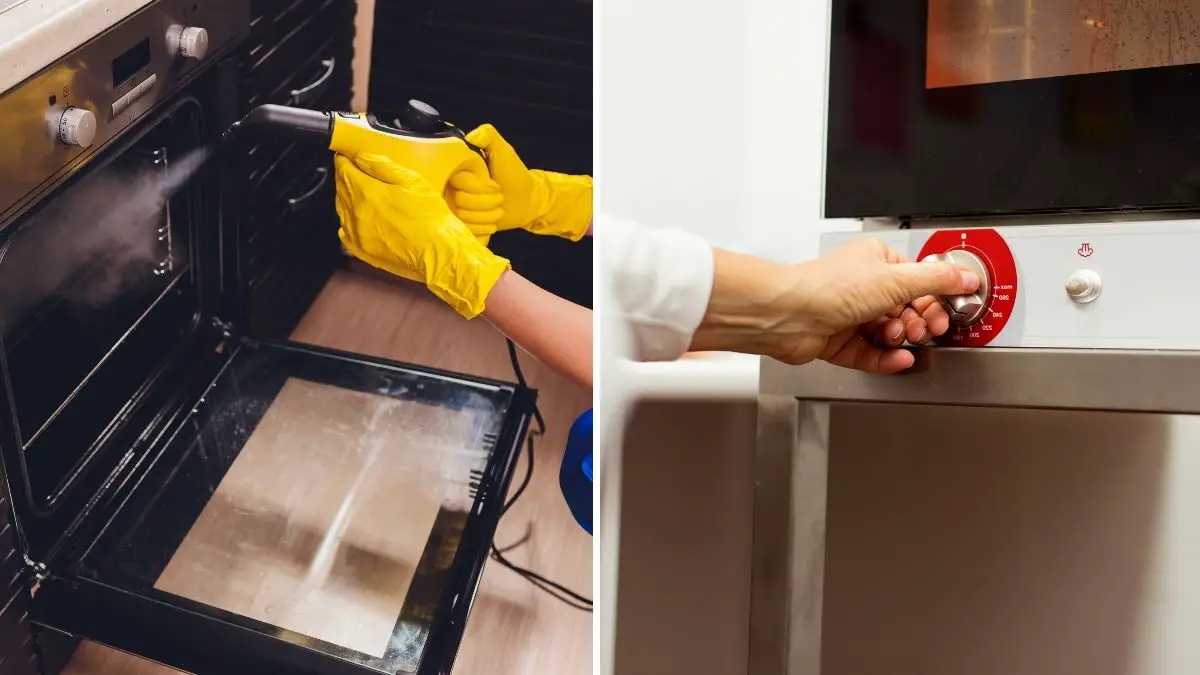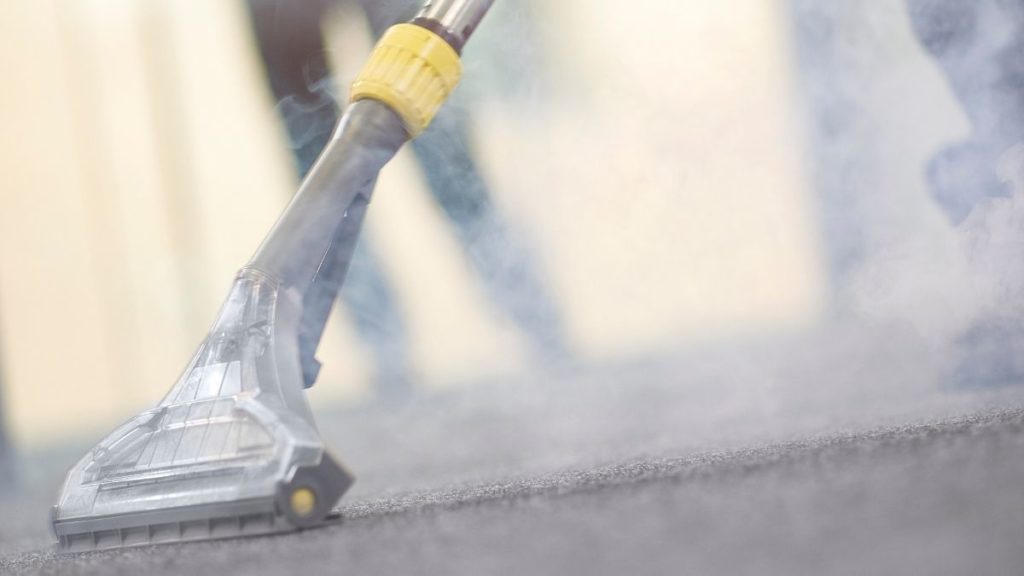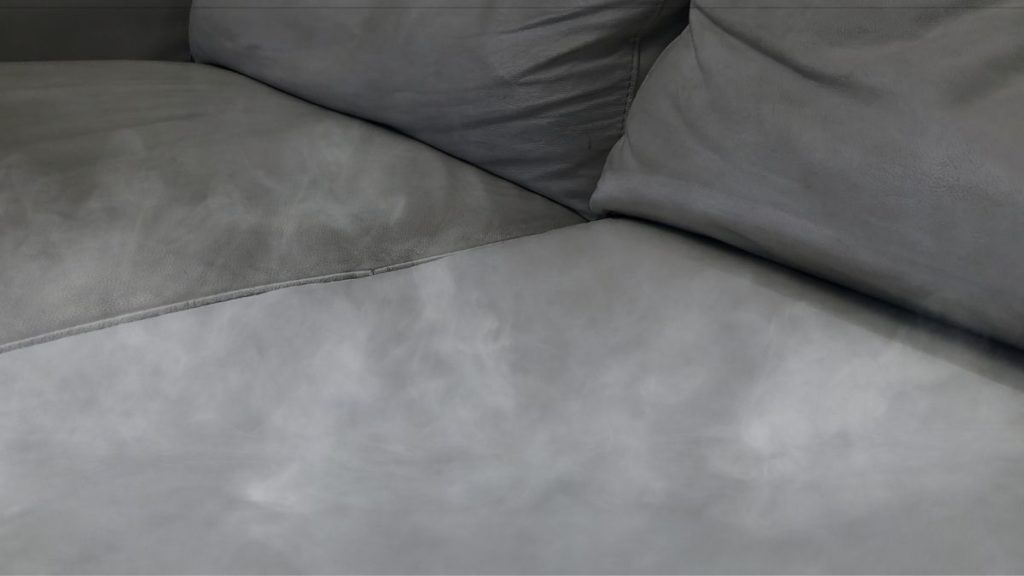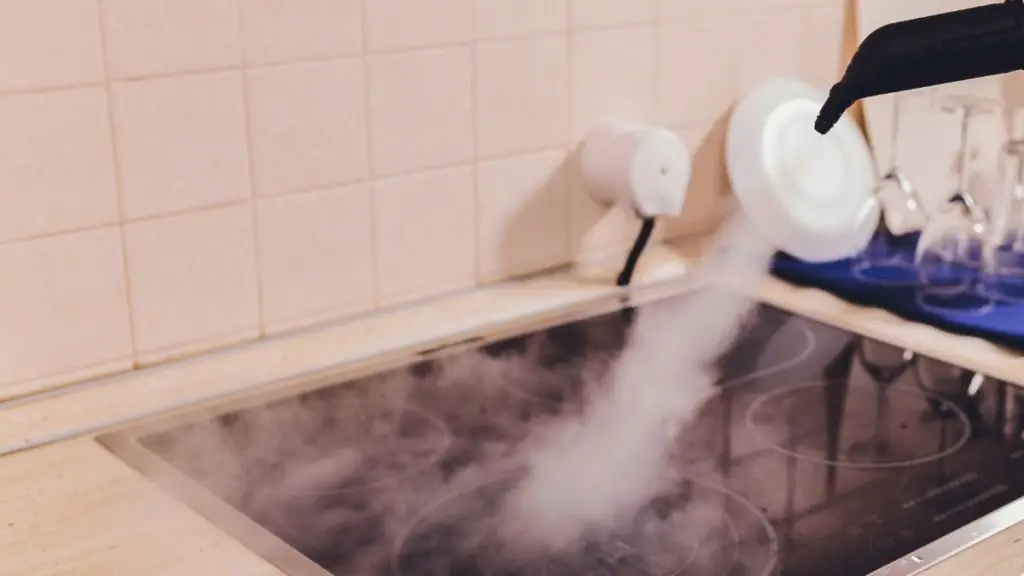Oven Steam Cleaning vs Pyrolytic Cleaning (Which One’s The Best Method For A Squeaky Clean Oven?)
Imagine ovens that have options to clean themselves on a button press. They could spare your time, energy, and sweat. These ovens could make it easier to get rid of all the grease and dirt and give your oven a shiny look.
Speaking about these ovens, it all comes down to three choices – catalytic, pyrolytic, and steam cleaning.
Whichever you choose, one thing is certain: your lungs (and the environment) can bid farewell to chemical cleaners.
Also, they can give you a break from rubbing stubborn grease from oven walls. These cleaning methods will increase oven longevity and efficiency.
Table of Contents
What is the Catalytic Cleaning Method For Ovens Anyway?

Plain English for those of us who are not chemists, please!
A “catalyst” is every substance that boosts a chemical reaction. In other words, it will speed things up, but in such a way that it won’t get affected by the reaction.
Catalytic ovens have a special kind of material inside which supports grease absorption. This material is permeable and covers the interior of the oven.
From time to time, you will need to set up a temperature over 392 F and wait for about 30 minutes. This temperature and catalytic liners combined will do the job and clean the oven. After the oven cools down you will still need to do the manual cleaning as a finisher.
Bear in mind that these catalytic walls are sensitive to chemicals, steel wool, and other abrasive materials. Catalytic liners in ovens usually have a lifespan of 5 years.
What is the Pyrolytic Method for Cleaning Ovens?
Pyrolytic cleaning (or self-cleaning oven) is a method where high temperatures remove grease. When activated, a self-cleaning program will turn up heat in the oven between 800 and 1,000 F.
Word pyrolytic consists of two Greek words: “pyro” – which means fire and “lysis” – dissolving. This kind of overheating will turn ANY remaining substances in an oven to ash. After the cleaning cycle, ash is easily wiped off by hand or rug.
(In other words, if you can’t clean it, burn it down to ashes!)
That being said, the question remains…
So, Does a Self-Cleaning Oven Really Work?
Don’t take things for granted. A self-cleaning oven doesn’t mean you will not have any work to do.
You will still have to clean exterior glass, remove racks, collect the ash…
But the name is trustworthy – these ovens DO work. High temperatures will clean everything inside the oven and reach all its areas. A high temperature will also remove sugar remains, unlike catalytic ovens.
Why You Should (Not) Use a Self-Cleaning Oven?
Pyrolytic ovens have some downsides. Not everything is so shiny as its walls after self-cleaning! Cleaning with tremendously high temperatures demands some precautions.
Safety measures such as cold doors are necessary. Doors are locked when the program is on and the temperature of doors stays under 140 F degrees. Doors will unlock only when self-cleaning is finished. But even when locked, the door is not completely sealed and that may cause some problems.
According to some sources, the greatest shortcoming of these ovens are fumes formed when turning grease into ash.

And that’s some nasty gases right there! Burning food remains and grease at high temperatures may produce carbon-monoxide, polycyclic aromatic carbons, and heterocyclic amines. Those gases are unhealthy and hazardous to humans and pets.
The most dangerous and vicious is carbon monoxide, a gas without odor and color. It is recommended to install a carbon monoxide detector if you have and use a self-cleaning oven program.
Smoke as well can appear as a product if some bigger chunk of food stays inside the oven. Your house will have the smell of over-burned steak after self-cleaning is done and high temperatures can make your house hot for hours.
Anyhow, you should open windows when self-cleaning is in progress. That can be problematic depending on weather conditions when you are performing this cleaning.
Demand for high temperatures is also a demand for high energy consumption. High heat means that oven materials must be resistant and well insulated which makes a significant increase in price tag.
Also, cleaning with these methods may take up more than two hours. That is more time-consuming than the catalytic cleaning method which lasts about 30 minutes.
Oven Steam Cleaning Method

A steam cleaning method is as simple as it gets: you use boiling water transformed into steam to clean your oven.
Just do the following: pour water at the bottom of the oven and press the “steam clean” button. This program will heat the oven to 250 F degrees. After 20 to 30 minutes your steam cleaning cycle is over. These features will allow you to do the cleaning more regularly.
This method will NOT form any harmful fumes because you are only using steam. The lower heat and shorter time will spare a great amount of energy.
The downside of a steam cleaning method is after the cycle is over, you will need to scrub some things additionally. The walls and back of the oven may still contain some spots of grease or sugar.
As you may have noticed, there is no much difference in results using catalytic liners or steam cleaning. They both need some extra work afterward, but they are both economic and safe.
So Which is Better, Oven Self-Cleaning or Steam Cleaning?
Which one to choose between the steam clean oven vs self-clean oven?
It all depends on your preferences. If you don’t feel safe when working with high temperatures, the steam cleaning oven can be your cup of tea. If you don’t like any kind of scrubbing and want all work to be done on a button click, then you should opt for a self-cleaning oven.
Choice also depends on how frequently you use your oven or like to clean it.
Frequently Asked Questions
Do you have to put anything in a self-cleaning oven?
You don’t have to put anything in a self-cleaning oven. Quite the opposite, you should empty it.
No pans, pats, metal dishes, or oven racks. Remove EVERYTHING because high temperatures may damage them. Avoid using any chemicals. Make sure to do these safety measures to avoid smoke or even fire.

How do I get baked on grease off my oven?
To get baked on grease off your oven you may use several methods.
You could buy a self-cleaning oven to do the job for you. If you are not into buying a new oven and spending more money then you have few manual alternatives. Several ways of manual cleaning are:
- Using chemicals suitable for oven cleaning
- Using natural cleaners such as baking soda or vinegar
- Placing a bowl of water that is resistant to heat and set a high temperature for 20 minutes – using steam as a cleaner
